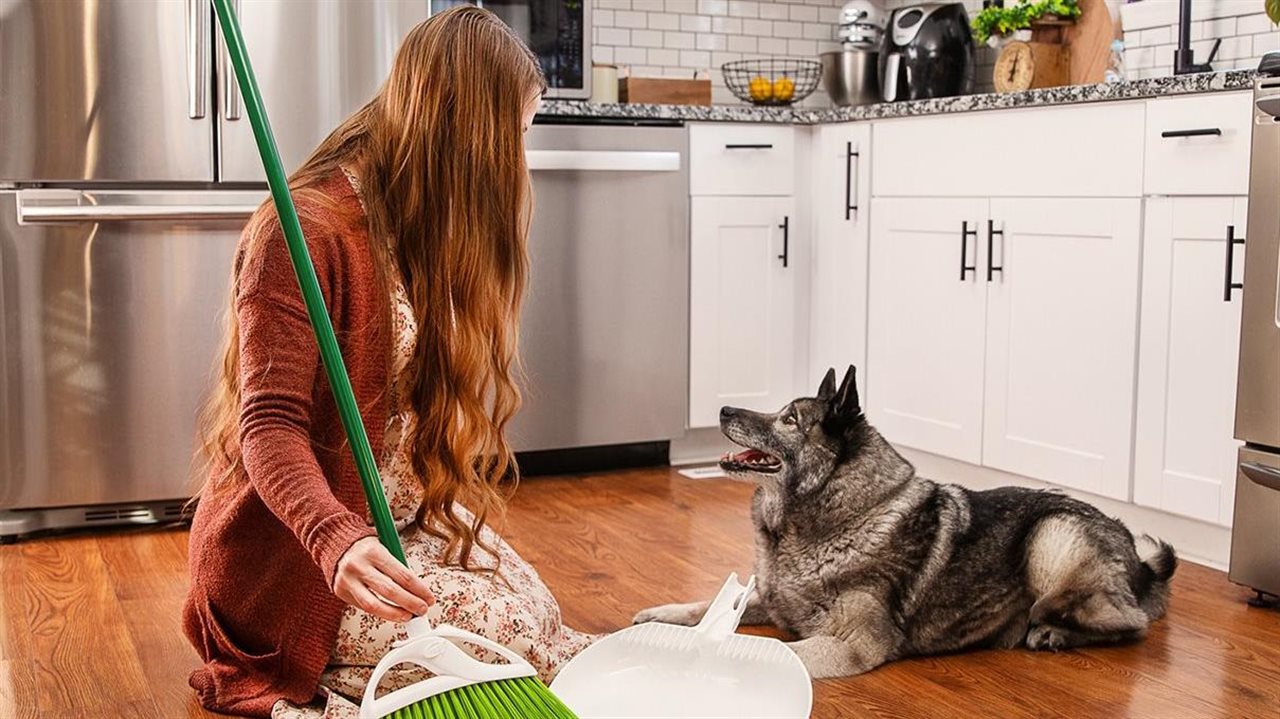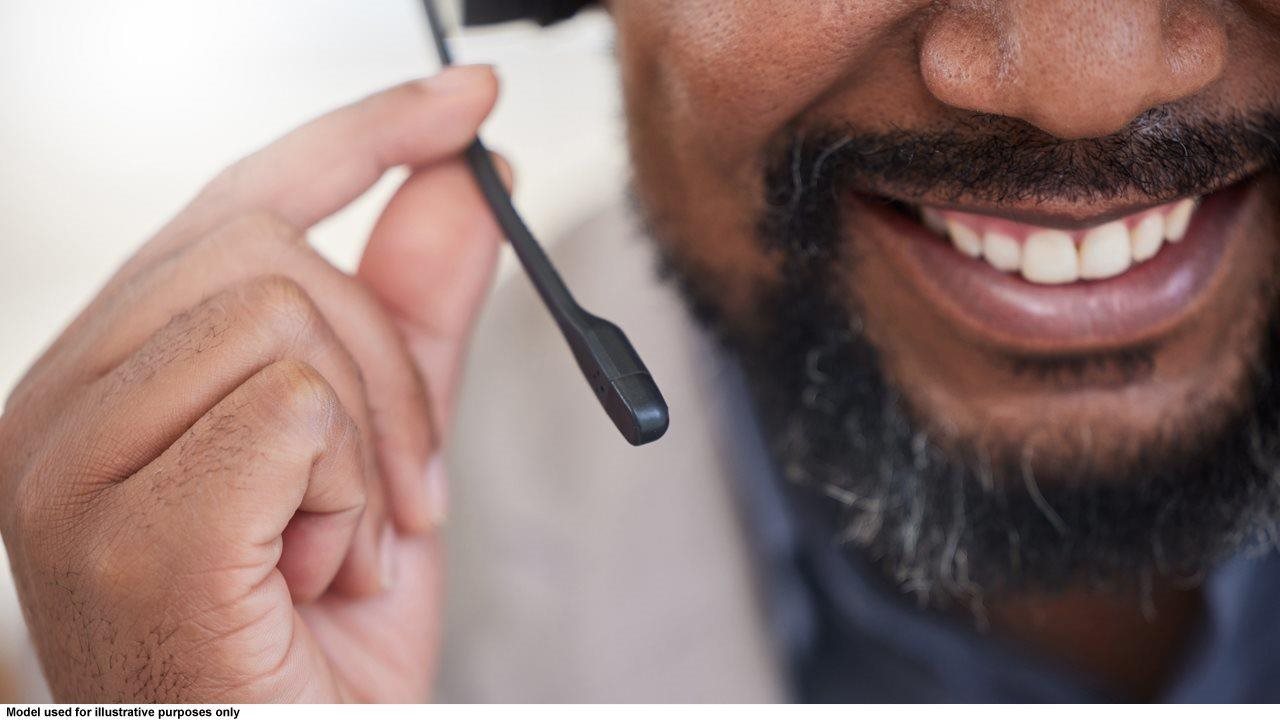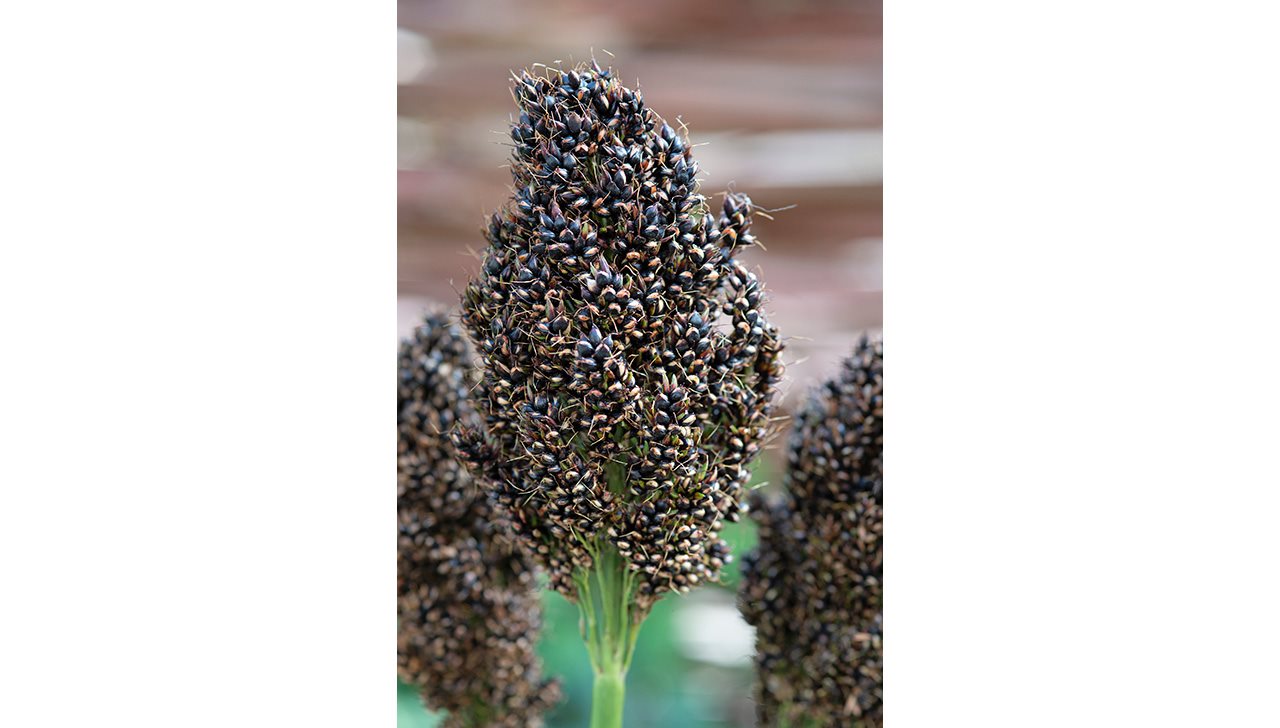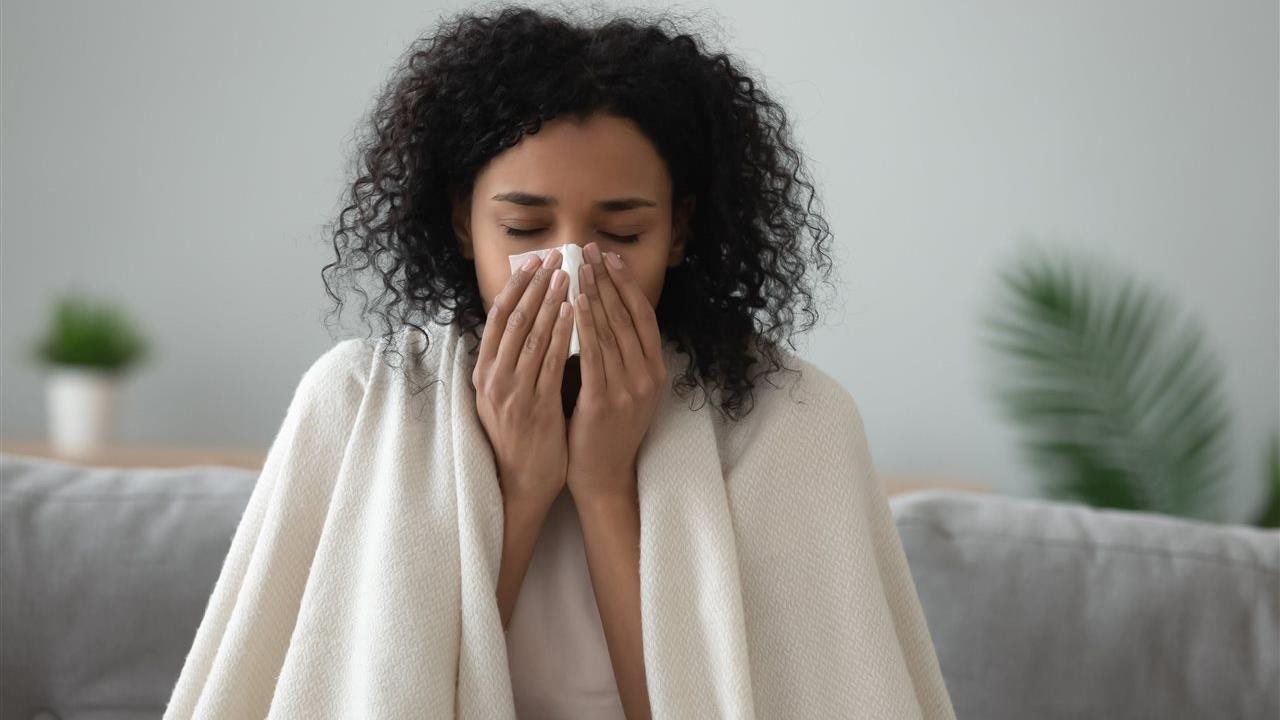2024-02-26T07:31:00
(BPT) – In 2020, Cassandra was making the most out of her full, busy life. At age 60, her active social calendar included spending plenty of time with friends and family, especially her three grown children. The last thing she expected was for all of this to be disrupted.
Thinking back, Cassandra remembers happily browsing a garage sale one weekend when she felt something on her back. “It was a very painful bump that felt like a spider bite,” she recalled. “After twenty-four hours, the bump had risen, and I was in a lot of pain.”
But it was no spider bite, and it only got worse. After two days when the pain became unbearable, she contacted her doctor.
The diagnosis? Cassandra had shingles.
What is shingles?
Shingles (herpes zoster) is a common disease, in fact, an estimated one million people develop shingles annually in the United States.[1]
After someone has had chickenpox, the virus stays dormant inside their body and can reactivate years later, causing shingles.[2] Shingles usually begins as a painful, blistering rash on one side of the face or body.[3] This debilitating disease has the potential to keep you from living your everyday life for several weeks.[4]
“Shingles is not just an ordinary rash,” explained pharmacist and GSK medical educator Dr. Leah Smith. “Because of the intense discomfort that can come with it, shingles can keep you from doing everyday activities like working and socializing. Having shingles can be an isolating and painful experience.”
Who may be impacted by shingles?
Adults 50 years and older are at an increased risk for shingles. In fact, 99% of adults 50 years and older already have the virus that causes shingles inside their body, and it can reactivate at any time, even though not everyone at risk will develop shingles.[5]
The immune system naturally declines with age, beginning around age 50, making people more susceptible to developing shingles as they get older.[6] According to a survey performed by GSK, 86% of people 50 years and older may think that shingles won’t impact them; however, that may not be the case.[7]
For Cassandra, despite feeling like a well-versed health advocate, she was still unaware of how her age increased her risk for shingles. “Awareness is the key factor here. So many people that I talked to, so many people that responded to my experience, said that they really weren’t aware of the impact that shingles can have,” she added.
Are there other potential effects shingles can have?
While shingles can be a painful experience that can disrupt a person’s life for multiple weeks at a time,[4] the disease can also lead to long-term, debilitating complications that can last for months or even years.[8]
“People may experience long-lasting pain called post-herpetic neuralgia (PHN) — the most common complication of shingles. Two years later and Cassandra is still feeling pain due to PHN,” Dr. Smith noted.
The pain from PHN can be debilitating, persistent, and may impact daily life.[9] “I still feel some long-lasting pain regularly, which sits right beneath the surface of my upper layer of skin, just lingering,” Cassandra added.
What can you do to help prevent shingles and thrive?
Cassandra, who started documenting and sharing her shingles experience since it began, advocates for people 50 and over to talk to their doctor or pharmacist about their risk for shingles, and about vaccination. “I want people to be aware of shingles and feel empowered to speak with their healthcare providers about their risk.”
Cassandra joined GSK’s THRIVE@50+ campaign, a national public health initiative to educate people about their risk of shingles due to natural aging of the immune system and the impact the disease can have on everyday life. “The manner in which I thrive from day to day is quite simple. On a daily basis, I wake and give ‘thanks’ sincerely for the opportunity to face, challenge, or create something in spite of my experience with shingles. I’m enjoying life at an age that is beyond 50 plus, and I know that there’s so much more out there for me,” Cassandra added.
This Shingles Awareness Week, from February 26-March 3, GSK is encouraging candid conversations about shingles and its associated risk to help empower adults 50 years and older to continue thriving.
“It’s important to understand your risk for shingles,” said Dr. Smith. “Talk to your doctor or pharmacist today about your shingles risk and about vaccination.”
To learn more about your risk for shingles, visit the THRIVE@50+ Facebook page.
Cassandra was compensated by GSK for her participation. This is one person’s experience; other people’s experience with shingles may be different.
[1] CDC. Shingles (Herpes Zoster). Available at: https://www.cdc.gov/shingles/hcp/clinical-overview.html
[2] CDC About Shingles (Herpes Zoster). Cause and Transmission. Available at: https://www.cdc.gov/shingles/about/transmission.html
[3] CDC. Shingles (Herpes Zoster). Signs & Symptoms Available at: https://www.cdc.gov/shingles/about/symptoms.html
[4] Infectious Diseases and Therapy. A Cross-Sectional Concept Elicitation Study to Understand the Impact of Herpes Zoster on Patients’ Health-Related Quality of Life. Available at: https://pubmed.ncbi.nlm.nih.gov/34994924/
[5] CDC. About Shingles (Herpes Zoster). Available at https://www.cdc.gov/shingles/about/index.html
[6] CDC. Five Things You Should Know About Shingles. Available at: https://www.cdc.gov/shingles/5-things-you-should-know.html
[7] Pollfish on behalf of GSK. Shingles Misconceptions Survey (Australia, Brazil, Canada, China, Germany, India, Italy, Japan, Portugal, South Korea, United Kingdom, United States). Data on file. 2023.
[8] CDC. About Shingles (Herpes Zoster). Complications of Shingles. Available at: https://www.cdc.gov/shingles/about/complications.html
[9] European Journal of Neurology. Post-herpetic neuralgia case study: optimizing pain control. Available at: https://doi.org/10.1111/j.1471-0552.2004.00794.x




































